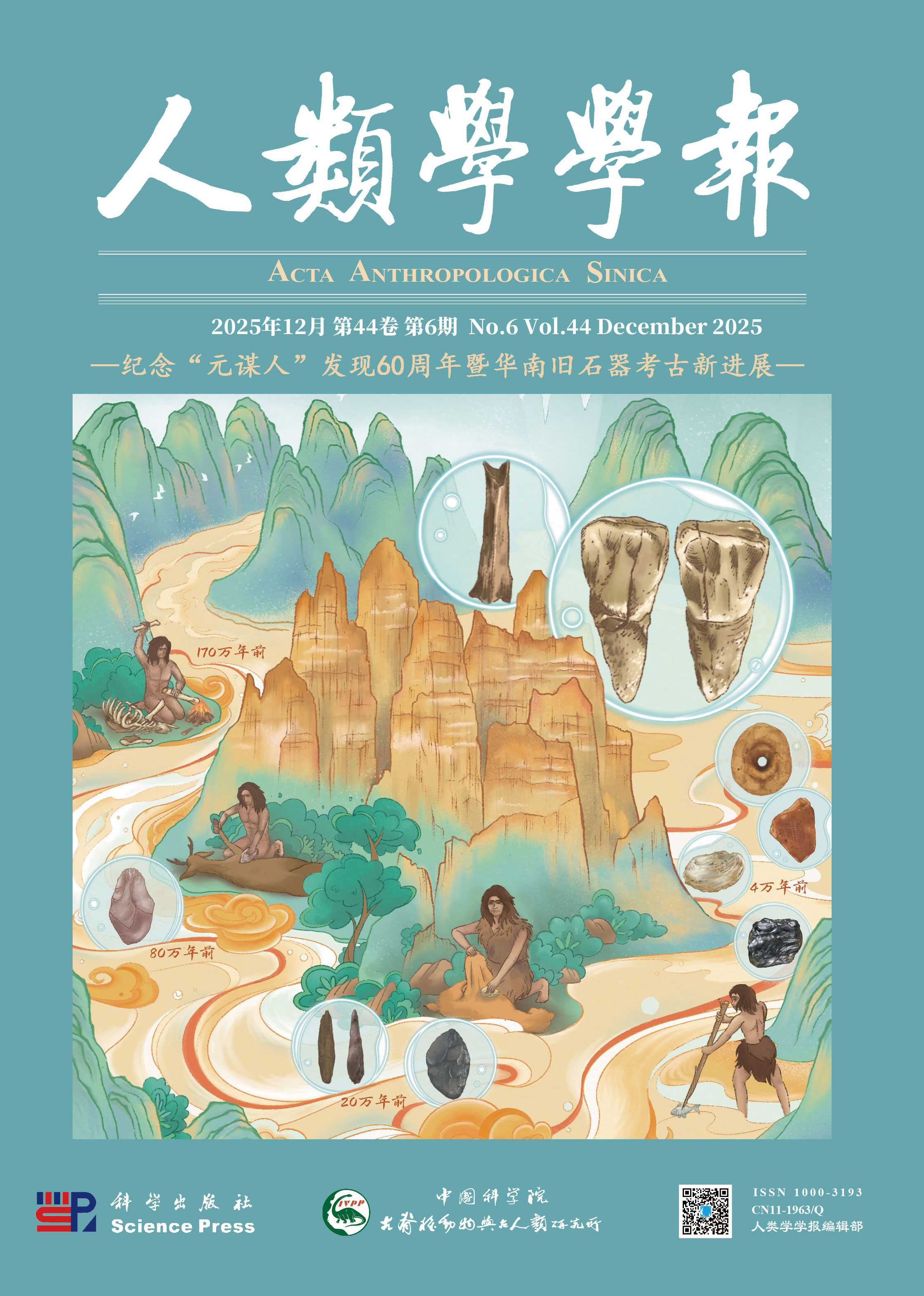A discussion on "Chinese middle paleolithic"
Gao Xing
1999, 18(01):
1-15.
 Asbtract
(
962 )
Asbtract
(
962 )
 PDF (387KB)
(
1043
)
Related Articles |
Metrics
PDF (387KB)
(
1043
)
Related Articles |
Metrics
This paper presents acritical review of “ Middle Paleolithic” research in China. It in-quires into many aspects of the academic development and achievement in this field in China, including research history, western influence, data base, methodology , and the transformation of Paleolithic industries from early to late periods. A comparative study of Middle Paleolithic research in the West is also carried out in order to evaluate such a practice in China on a broader basis.
The core of this study is the transition of Paleolithic cultures from early to late periods in China. It focuses mainly on the period so-called“ Middle Paleolithic” , from the history of the term being applied to archaeological material in China, to criteria and methods used to determine the age of cultures and division, and relationships of cultures o f the “ Middle Paleolithic” with those of earlier and later stages. A new framework for arranging cultural sequences and stages in Chinese Paleolithic was proposed.
Due to the fact that Chinese Paleolithic research was initiated by French scholars, e. g. Paleobiologists E. Licent and Teilhard de Chardin in the early 1920s, and the father of Chinese Paleolithic archaeology , the late Pei Wenzhong, was trained in France, the Chinese academic world largely adopted the early French Paleolithic research framework, including the division of Lower, Middle and Upper Paleolithic. The first sites assigned to “ Middle Paleolithic” by French scholars in the 1920s, Shuidonggou and Salawusu, later turned out to belong to the late Upper Pleistocene and was reassigned to the Upper Paleolithic by the Chinese a rchaeologists. The vacancy w as then filled in with industries of Dingcun, Dali, Zhoukoudian Locality 15, Xujiayao and more than 30 other sites and localities which w ere mainly distributed in North China.
Since the discovery and excavation of Zhoukoudian Locality 1, the application o f European three-period-division system has run into problems, as the Peking Ma n industry was hardly comparable to the European cultures in any stage. The solution taken by the Chinese scholars was to compare the Chinese Paleolithic remains with the European stone cultures based solely on a chronological basis and then to assign the site to a certain period accordingly. In such a fashion, cultural components, e. g. lithic technological and typological similarity and variability within the system, are largely neglected.
So far two criteria have been used to assign an industry to “ Middle Paleolithic” in China. One is geological age, that is, Middle Paleolithic equates to early Upper Pleistocene.









